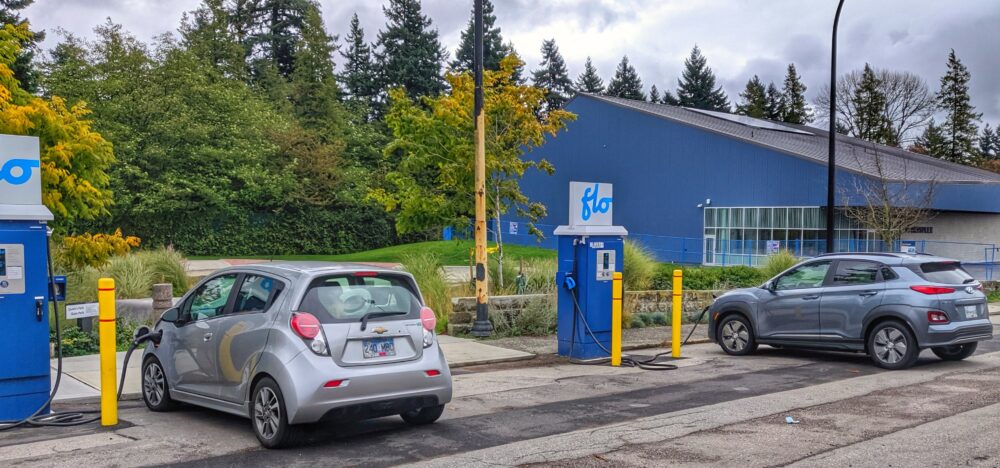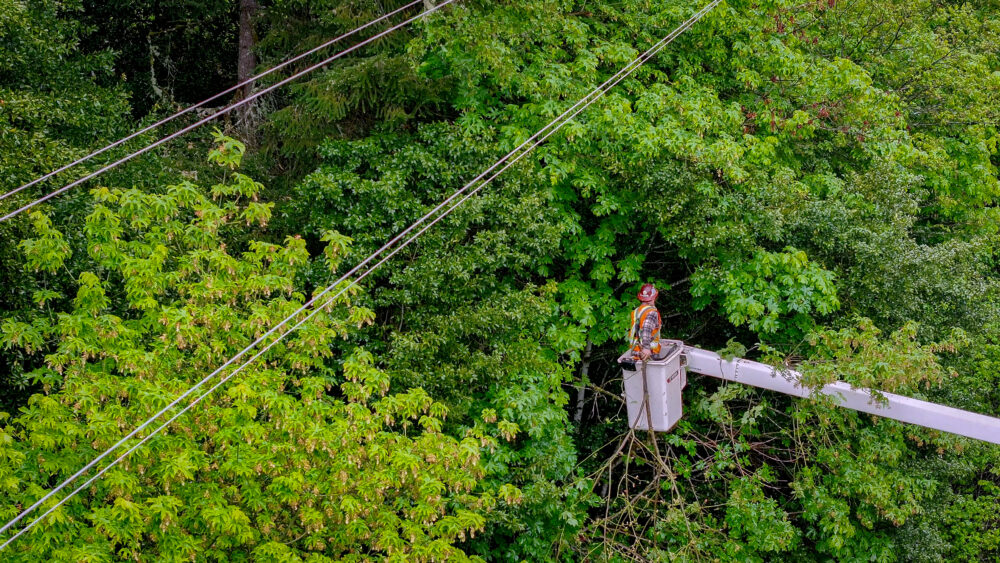We have much more to do and your continued support is needed now more than ever.
Geothermal: Heat that can help
Geothermal energy is a renewable, clean energy source that can help fight climate change

Despite all the doom and gloom often associated with lack of government response to the climate crisis, there is much to feel positive about. Wind and solar power generation is booming thanks to historic federal investments in clean energy and technologies via the Infrastructure, Investment, and Jobs Act and the Inflation Reduction Act. Electric vehicles are getting cheaper, and factories are opening around the country to produce products like batteries, solar panels, and semiconductors.
Geothermal as a clean energy solution
While it’s true the buildout of this clean economy needs to speed up, the fact is, there are still new technologies and strategies waiting to be tapped that offer hope for the future. One of these is power generated by next-generation geothermal techniques. Simply put, this technology uses the heat of the Earth’s super-hot interior, rather than coal or natural gas, to drive steam or plasma to spin the turbines that generate electricity.
This inner-planetary heat is free, non-polluting, and endlessly renewable. All we need to do is keep developing the technology so we can put it into use. Once we do, that power will be available 24 hours a day, every day of the year. That’s a big leg up on wind and solar, which have down times.
So how exactly does it work? You may be familiar with conventional geothermal applications that draw from heat sources relatively near to the Earth’s surface. Individual homes or collections of buildings can use the stable temperature just below ground to heat buildings just as a traditional heat pump would.
Geothermal power plants go a bit deeper to tap into reservoirs of heated water underground. This hot water or steam is brought up to power the generator, then cooled water is pumped back down into the reservoir where it can be reheated. Geothermal power plants in the United States currently can produce almost four gigawatts (GW) of electricity, enough to power about three million homes.
The fact that existing plants need an accessible underground hot water source limits where they can be located—largely in the Western United States. Luckily, advanced drilling techniques have enabled developers to bore through solid rock layers to get to deeper sources of ever-greater heat miles below the surface. Since the Earth gets hotter the further down you go, there is exponentially more heat available, unlocking the ability to create vast amounts of electricity. This means plants would no longer be limited to where there are near-surface reservoirs, meaning they could be deployed in greater numbers across the country.
Efficient and scalable clean energy
The U.S. Department of Energy’s recent Liftoff Report estimates that advanced geothermal technologies could power 67 million homes by 2050, or in a highly aggressive scenario, as much as 225 million homes—almost the entire country! That would be a major contribution to the reliable, clean power we need to avoid the worst effects of climate change.
What’s more, geothermal resources can produce all this using a fraction of the land needed for large wind and solar installations. These plants just require a well to bring up the heated liquid and steam, a facility to generate the electricity, and a well to pump the liquid back down.
This is much less intrusive on the landscape than hundreds—or even thousands—of acres for other renewables, with far less conflict for wildlife and other resources. Locating them on already disturbed sites such as decommissioned fossil plants or oil and gas drilling wells and along existing transmission routes will further reduce their impact.

Finally, these facilities provide a direct career transition opportunity for workers in the oil and gas industry. The well-drilling techniques—but not the pollution—are taken right from that industry, and the power plants operate the same as fossil plants, just with a different heat source. No re-training is necessary, nor should there be a wage disparity for former fossil fuel workers. The startup companies pioneering this space claim 75 percent or more of their workforce has come directly from the fossil fuel sector.
What is needed?
There are a few companies advancing next-generation geothermal technology and proving it can be done at a large scale. But, whereas wind and solar have had decades or longer to invest, build, and achieve commercial viability, new geothermal applications are starting from scratch. They need basic research to show they work reliably across a variety of locations. This is what brings confidence from investors to finance what is, admittedly, a high initial cost. After that will come economies of scale, as more plants are built and costs come down.
The Liftoff Report estimates the government and private sources will need to invest $20-$25 billion between now and 2030 to help get the industry on solid ground. As much as $250 billion more will be needed over the next 20 years to achieve the industry’s promise. That’s a lot of money. But it’s on par with the investments that have been made in the last few decades for wind and solar, and far less than the cost to society of the oil and gas industry.
Looking at all the potential, it seems well worth and well past time to give next-generation geothermal the attention it deserves.





















